Home>Furniture & Design>Interior Design Trends>Where To Place Glass Break Sensors
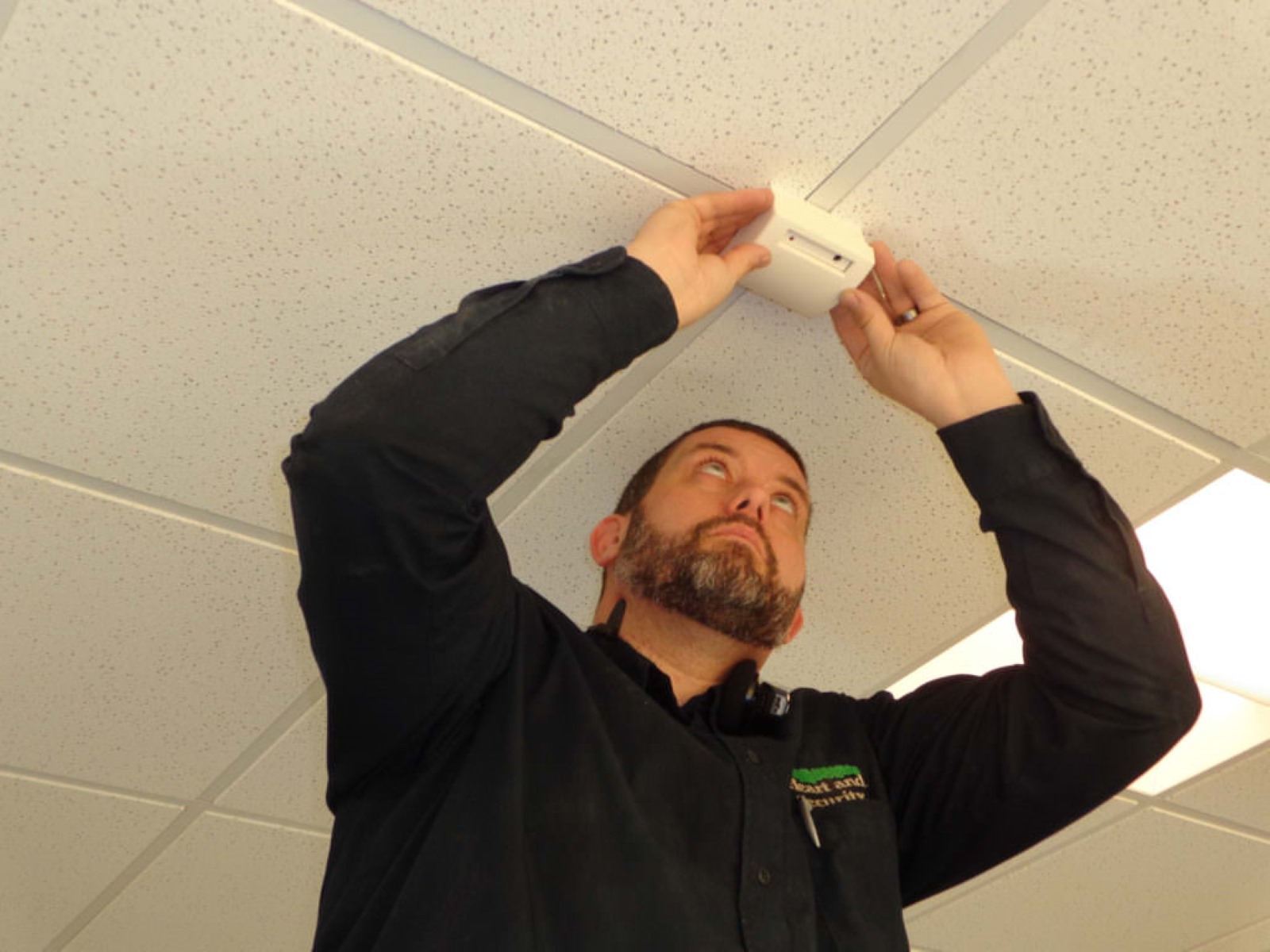

Interior Design Trends
Where To Place Glass Break Sensors
Modified: October 18, 2024
Discover the latest interior design trends for placing glass break sensors in your home. Learn where to position them for maximum security and style. Explore innovative ideas for integrating these sensors seamlessly into your interior design.
(Many of the links in this article redirect to a specific reviewed product. Your purchase of these products through affiliate links helps to generate commission for Storables.com, at no extra cost. Learn more)
Introduction
When it comes to safeguarding your home or business, installing a security system is a crucial step in protecting your property and loved ones. Among the various components of a comprehensive security system, glass break sensors play a pivotal role in detecting potential intrusions and alerting occupants or authorities to potential threats. These specialized sensors are designed to identify the distinct sound frequencies produced when glass is shattered, providing an added layer of security to your premises.
Proper placement of glass break sensors is essential to ensure their effectiveness in detecting unauthorized entry attempts. By strategically situating these sensors in key areas, you can maximize their coverage and enhance the overall security of your property. In this article, we will delve into the considerations for placement, common locations for installing glass break sensors, and additional tips to optimize their performance. Whether you are a homeowner looking to fortify your residence or a business owner seeking to protect your assets, understanding the best placement practices for glass break sensors is paramount in fortifying your security infrastructure.
Key Takeaways:
- Place glass break sensors near doors, windows, and valuable areas to detect intrusions effectively and ensure comprehensive security coverage for your home or business.
- Regular maintenance, expert consultation, and customized placement can optimize glass break sensor effectiveness, enhancing overall security and providing peace of mind for property owners.
Read more: How To Test Glass Break Sensor
Considerations for Placement
When determining the placement of glass break sensors, several crucial factors should be taken into account to ensure optimal functionality and coverage. The strategic positioning of these sensors can significantly impact their ability to detect and respond to potential security breaches. Here are the key considerations for placing glass break sensors:
-
Acoustic Coverage: Glass break sensors rely on sound detection to identify the unique frequency produced when glass is shattered. Therefore, it is essential to consider the acoustic coverage of each sensor. Placing sensors in areas where the sound of breaking glass can reverberate effectively, such as large open spaces or rooms with multiple windows, can enhance their ability to detect intrusions.
-
Distance from Glass Surfaces: The proximity of the sensors to the glass surfaces they are intended to monitor is critical. Ideally, sensors should be positioned within close range of the windows or glass doors they are meant to protect. This proximity ensures that the sensors can accurately capture the sound of glass breakage and promptly trigger the alarm system.
-
Obstruction-Free Placement: To ensure reliable performance, glass break sensors should be installed in locations free from obstructions that could impede their ability to detect sound waves. Avoid placing sensors behind curtains, furniture, or other objects that may dampen or block the transmission of sound.
-
Multiple Sensor Deployment: In larger properties or areas with numerous glass entry points, deploying multiple glass break sensors can provide comprehensive coverage. By strategically situating sensors throughout the premises, you can minimize blind spots and bolster the overall security perimeter.
-
Compatibility with Window Types: Different types of windows and glass surfaces may produce varying sound frequencies when shattered. It is important to consider the compatibility of the sensors with the specific types of windows in your property. Some sensors may be optimized for detecting the sound of tempered glass, while others are designed to detect laminated glass breakage.
-
Height and Angle of Installation: The height and angle at which glass break sensors are installed can influence their effectiveness. Mounting sensors at an appropriate height and angle, considering the typical trajectory of sound waves produced by glass breakage, can optimize their ability to detect intrusions across a range of scenarios.
By carefully considering these factors and tailoring the placement of glass break sensors to the unique characteristics of your property, you can maximize their effectiveness in fortifying your security infrastructure. These considerations serve as fundamental guidelines for ensuring that glass break sensors are strategically positioned to detect and deter potential security threats effectively.
Common Placement Locations
Strategic placement of glass break sensors is pivotal in fortifying the security of your property. By identifying common placement locations for these sensors, you can proactively safeguard vulnerable entry points and mitigate potential security risks. Here are the most common locations for installing glass break sensors:
-
Adjacent to Entry Points: Placing glass break sensors near primary entry points, such as doors and ground-level windows, is essential for early intrusion detection. These areas are often targeted by potential intruders, making them critical locations for sensor deployment. By positioning sensors in close proximity to these entry points, you can swiftly detect and respond to unauthorized attempts to breach the premises.
-
Open Concept Spaces: In properties featuring open concept layouts or expansive areas with multiple windows, installing glass break sensors in these spaces can bolster security coverage. The acoustic properties of open spaces allow sound waves from glass breakage to propagate effectively, making them ideal locations for sensor placement. This approach ensures comprehensive monitoring of large areas, minimizing blind spots and enhancing overall security.
-
Rooms with Valuables: Rooms housing valuable assets, such as art collections, jewelry, or electronics, warrant the installation of glass break sensors. By securing these areas with sensors designed to detect the distinct sound frequencies of shattered glass, you can safeguard your valuable possessions and receive prompt alerts in the event of a security breach.
-
Basement Windows: Basements are often targeted entry points for unauthorized access due to their secluded nature. Placing glass break sensors near basement windows provides an additional layer of defense against potential intrusions. By extending security coverage to these vulnerable areas, you can fortify the lower levels of your property and deter unauthorized entry attempts.
-
Second-Story Windows: While ground-level entry points are commonly secured with glass break sensors, it is equally important to consider the security of second-story windows. Intruders may attempt to gain access through upper-level windows, making it crucial to install sensors in these locations to detect any attempted breaches from elevated entry points.
-
Rooms with High-Value Items: Areas within the property containing high-value items, such as home offices, safes, or storage spaces, should be equipped with glass break sensors. By focusing on rooms with valuable assets, you can enhance the security posture of these specific areas and mitigate the risk of unauthorized access to prized possessions.
By strategically situating glass break sensors in these common placement locations, you can establish a robust security framework that effectively safeguards your property against potential security threats. These placement strategies are tailored to address specific vulnerabilities and fortify the overall security infrastructure, providing peace of mind and proactive protection for your home or business.
Place glass break sensors in areas with large windows or glass doors, as these are common entry points for intruders. Install them at a height of 6-8 feet and within 25 feet of the glass to ensure optimal coverage.
Additional Tips for Placement
In addition to the fundamental considerations and common placement locations for glass break sensors, several additional tips can further optimize the effectiveness of these crucial security components. By incorporating these tips into the placement strategy, property owners can enhance the overall security posture and ensure comprehensive coverage against potential security breaches.
-
Regular Maintenance and Testing: Once glass break sensors are installed, it is imperative to conduct regular maintenance and testing to ensure their continued functionality. Periodic testing of the sensors, along with routine maintenance checks, can help identify any issues or malfunctions promptly. This proactive approach ensures that the sensors remain operational and responsive, providing reliable security coverage over time.
-
Consultation with Security Professionals: Seeking guidance from security professionals or experienced technicians can provide valuable insights into the optimal placement of glass break sensors. These experts can assess the unique layout and characteristics of the property, offering tailored recommendations for sensor placement based on industry best practices and security standards.
-
Customized Placement for Unique Architectural Features: Properties with distinctive architectural features, such as vaulted ceilings, skylights, or unconventional window configurations, may require customized placement strategies for glass break sensors. Adapting the sensor placement to accommodate these unique architectural elements ensures comprehensive coverage and accurate detection capabilities across the entire property.
-
Integration with Comprehensive Security Systems: Integrating glass break sensors with a comprehensive security system, including motion detectors, surveillance cameras, and access control measures, can amplify the overall security capabilities. By aligning the placement of glass break sensors with the broader security infrastructure, property owners can create a cohesive and interconnected defense mechanism that addresses potential security vulnerabilities from multiple angles.
-
Consider Environmental Factors: Environmental factors, such as ambient noise levels, proximity to high-traffic areas, and the presence of pets, should be taken into consideration when placing glass break sensors. Adjusting the sensor sensitivity and placement to account for these environmental variables can minimize false alarms and optimize the sensors' ability to discern genuine security threats.
-
Strategic Signage Placement: Displaying visible signage indicating the presence of glass break sensors can act as a deterrent to potential intruders. Placing these signs near entry points and prominently within the property serves as a proactive measure to dissuade unauthorized access, complementing the protective function of the sensors themselves.
By incorporating these additional tips into the placement strategy for glass break sensors, property owners can elevate the effectiveness of their security infrastructure and proactively mitigate potential security risks. These tips serve as valuable enhancements to the fundamental principles of sensor placement, offering a comprehensive approach to fortifying the security of residential and commercial properties.
Conclusion
In conclusion, the strategic placement of glass break sensors is a critical aspect of fortifying the security infrastructure of residential and commercial properties. By carefully considering key factors such as acoustic coverage, proximity to glass surfaces, and obstruction-free placement, property owners can optimize the effectiveness of these sensors in detecting and deterring potential security breaches. The common placement locations for glass break sensors, including adjacent to entry points, open concept spaces, and rooms with high-value items, offer targeted security coverage that addresses specific vulnerabilities within the property.
Furthermore, incorporating additional tips such as regular maintenance and testing, consultation with security professionals, and customized placement for unique architectural features can further enhance the functionality and reliability of glass break sensors. By integrating these sensors with comprehensive security systems and considering environmental factors, property owners can create a cohesive defense mechanism that provides comprehensive protection against unauthorized access and security threats.
The placement of glass break sensors should be approached with a proactive mindset, aiming to establish a robust security framework that safeguards the property and its occupants. Whether securing a residential home or a commercial establishment, the strategic deployment of glass break sensors contributes to a comprehensive security posture that offers peace of mind and proactive protection.
Ultimately, the placement of glass break sensors serves as a proactive investment in security, offering a deterrent to potential intruders and a responsive mechanism for detecting unauthorized access. By adhering to best practices in sensor placement and leveraging additional tips to optimize their functionality, property owners can bolster the security of their premises and mitigate potential security risks effectively. With a well-planned placement strategy for glass break sensors, property owners can reinforce their security infrastructure and create a safer environment for occupants and assets.
In essence, the placement of glass break sensors is not merely a technical consideration but a strategic approach to enhancing the overall security posture of a property. By aligning the placement of these sensors with the unique characteristics and vulnerabilities of the property, property owners can establish a proactive and comprehensive defense against potential security threats, contributing to a secure and resilient environment for both residential and commercial settings.
Frequently Asked Questions about Where To Place Glass Break Sensors
Was this page helpful?
At Storables.com, we guarantee accurate and reliable information. Our content, validated by Expert Board Contributors, is crafted following stringent Editorial Policies. We're committed to providing you with well-researched, expert-backed insights for all your informational needs.
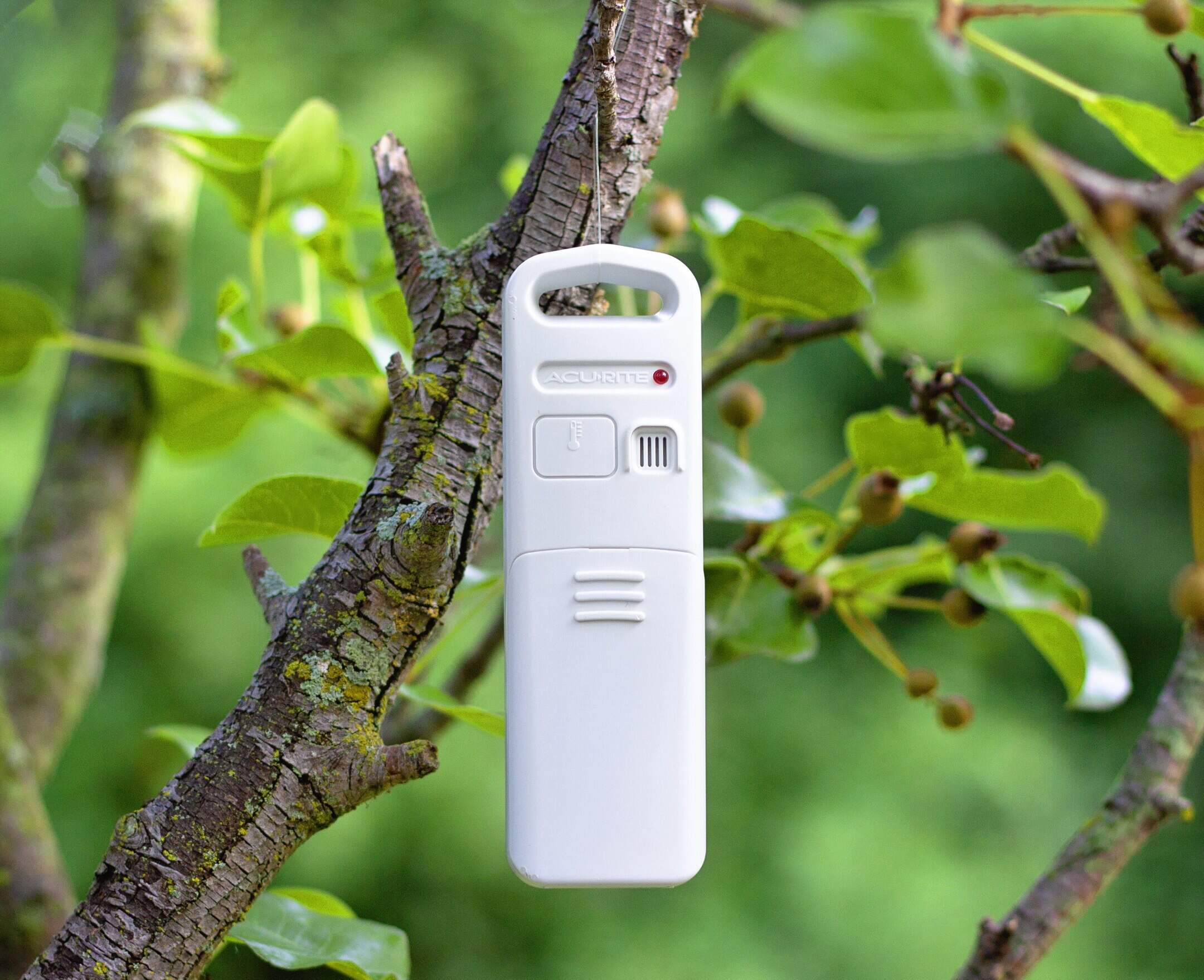
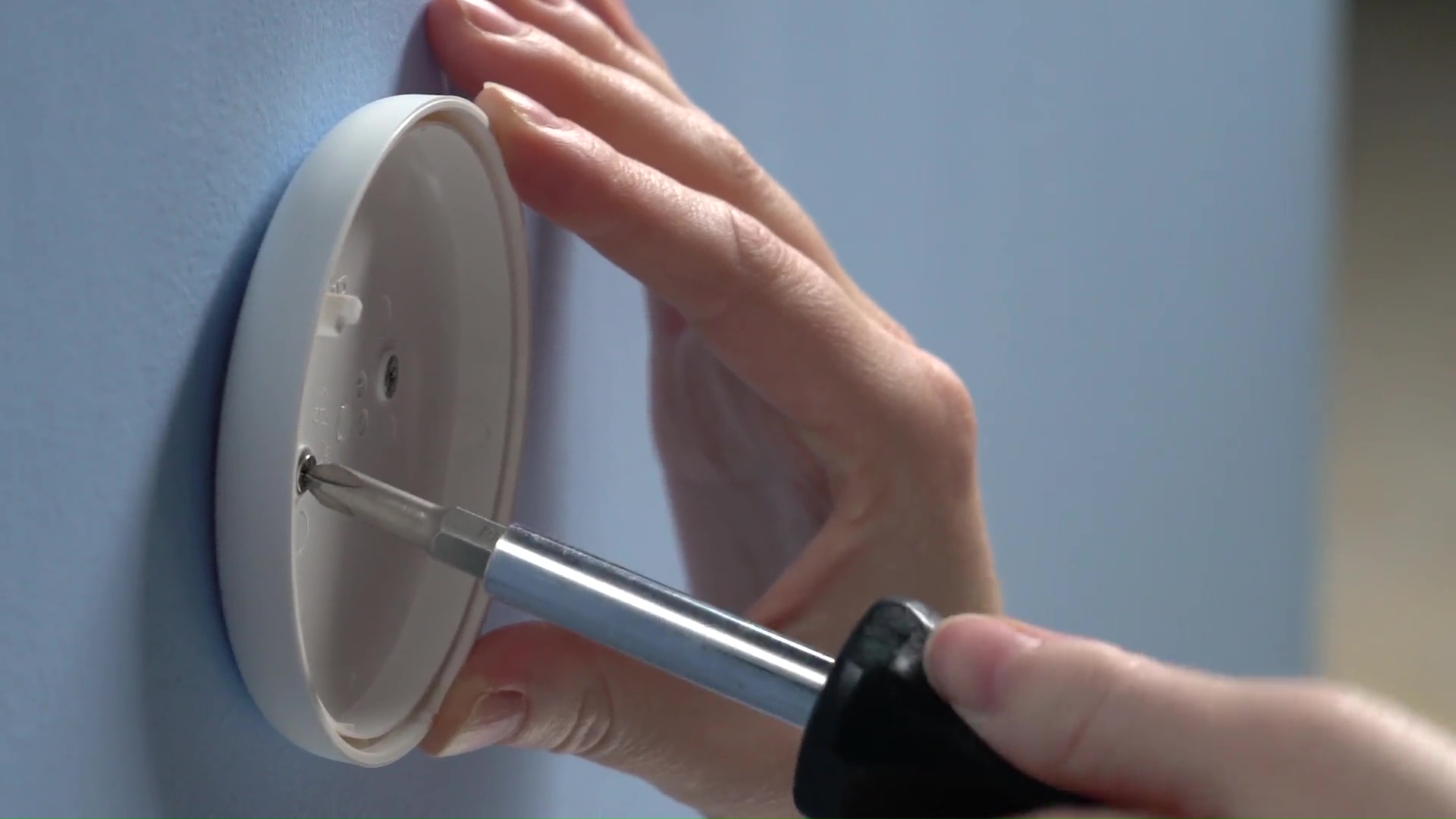
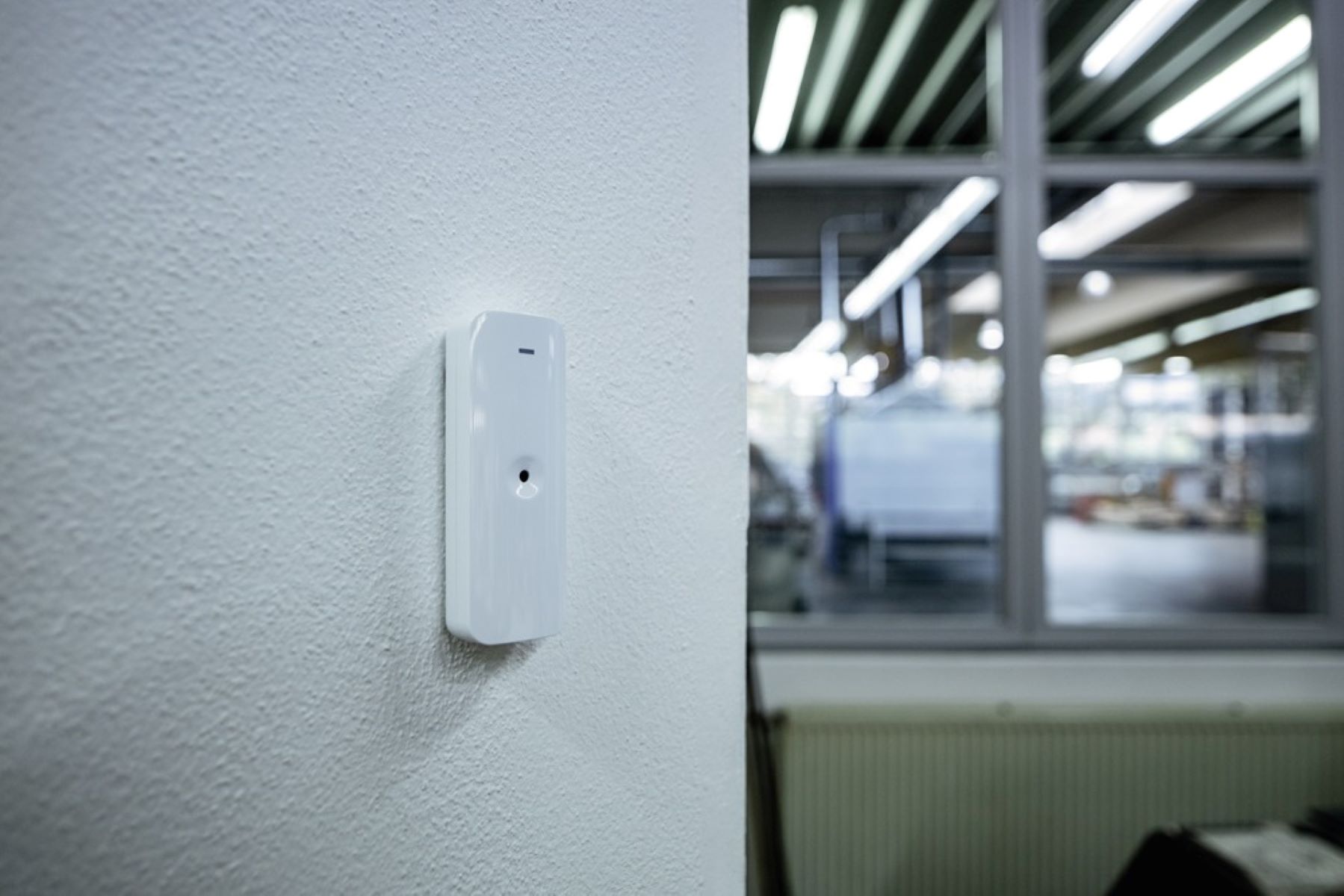
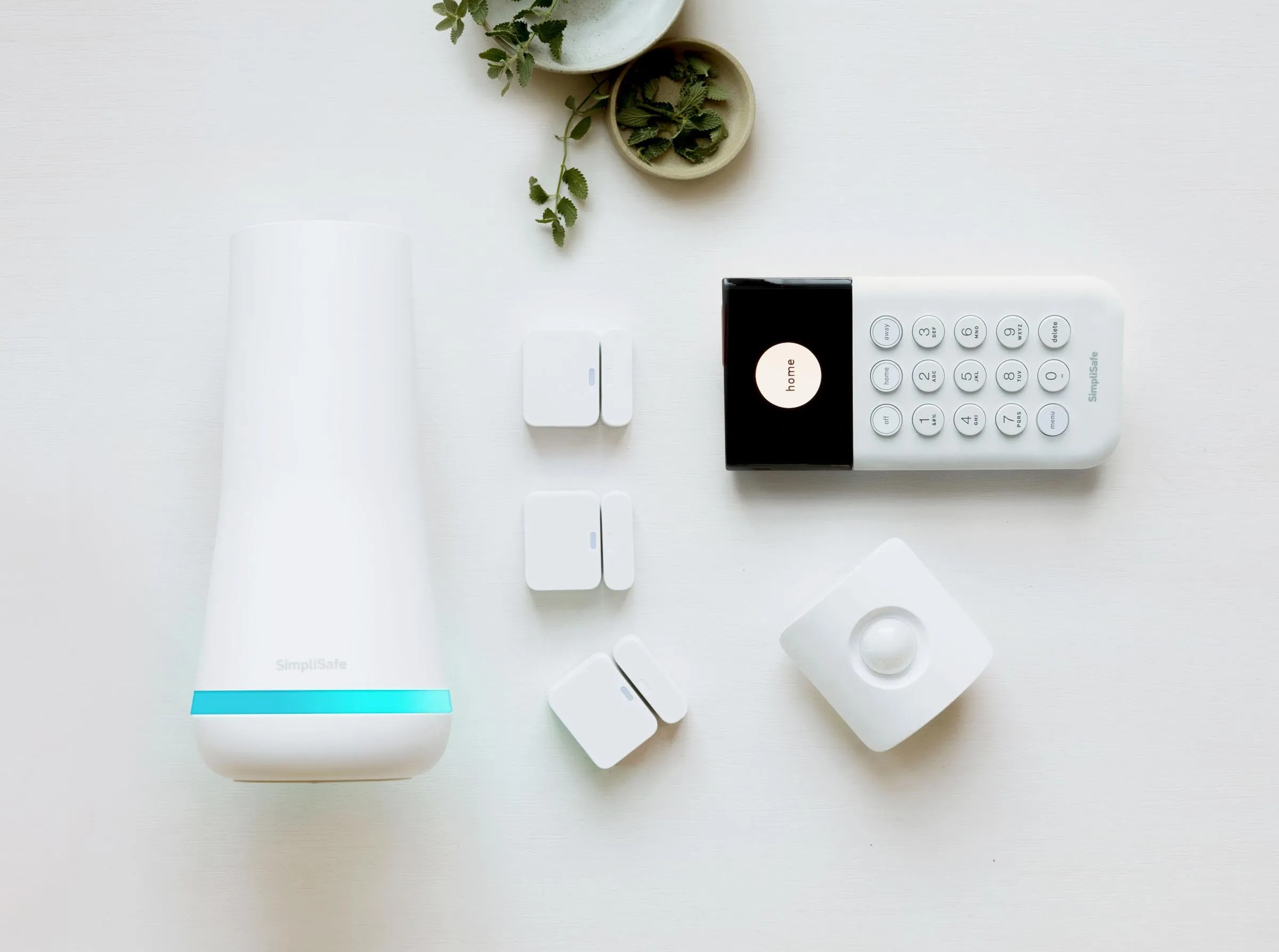
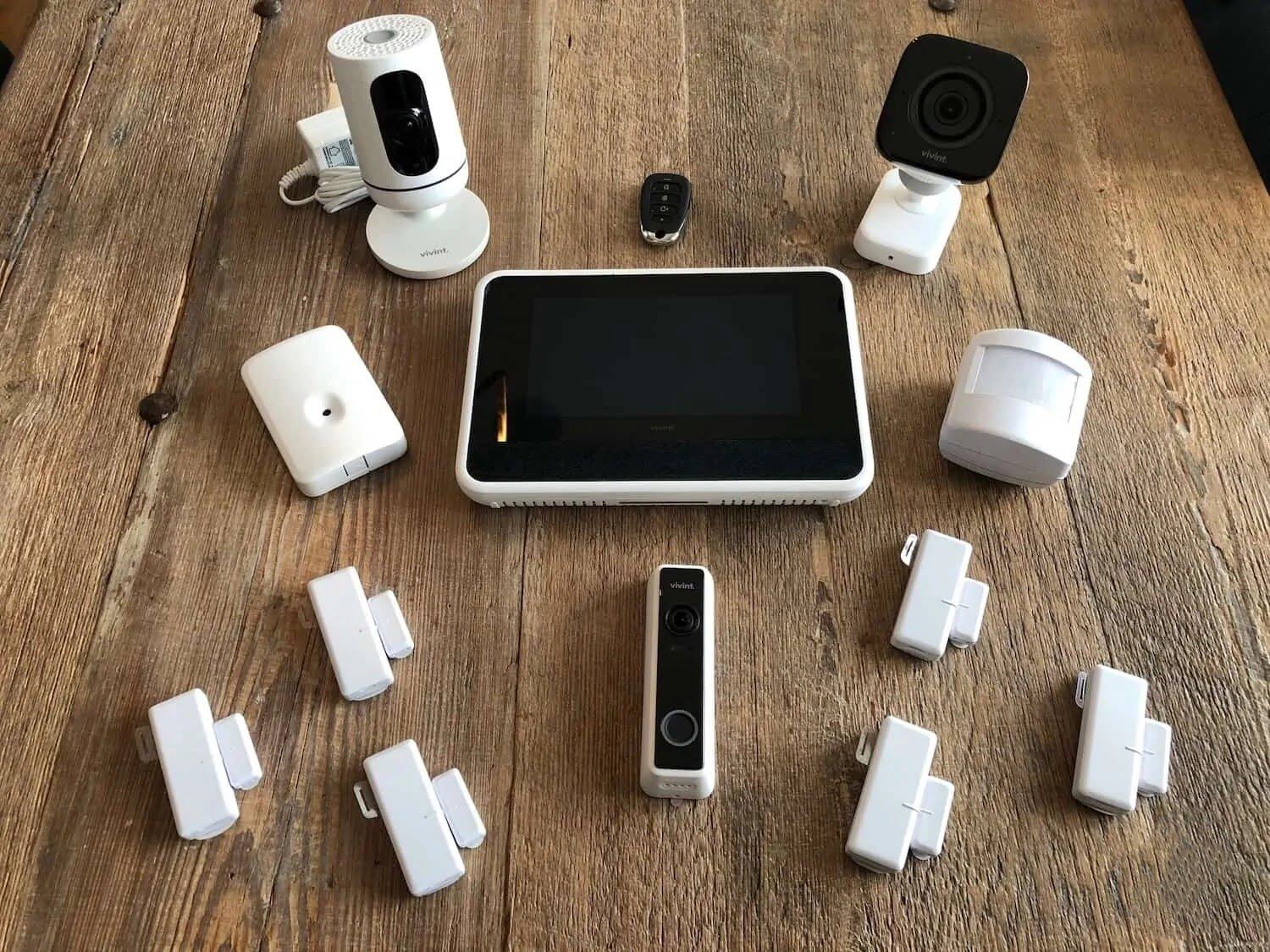
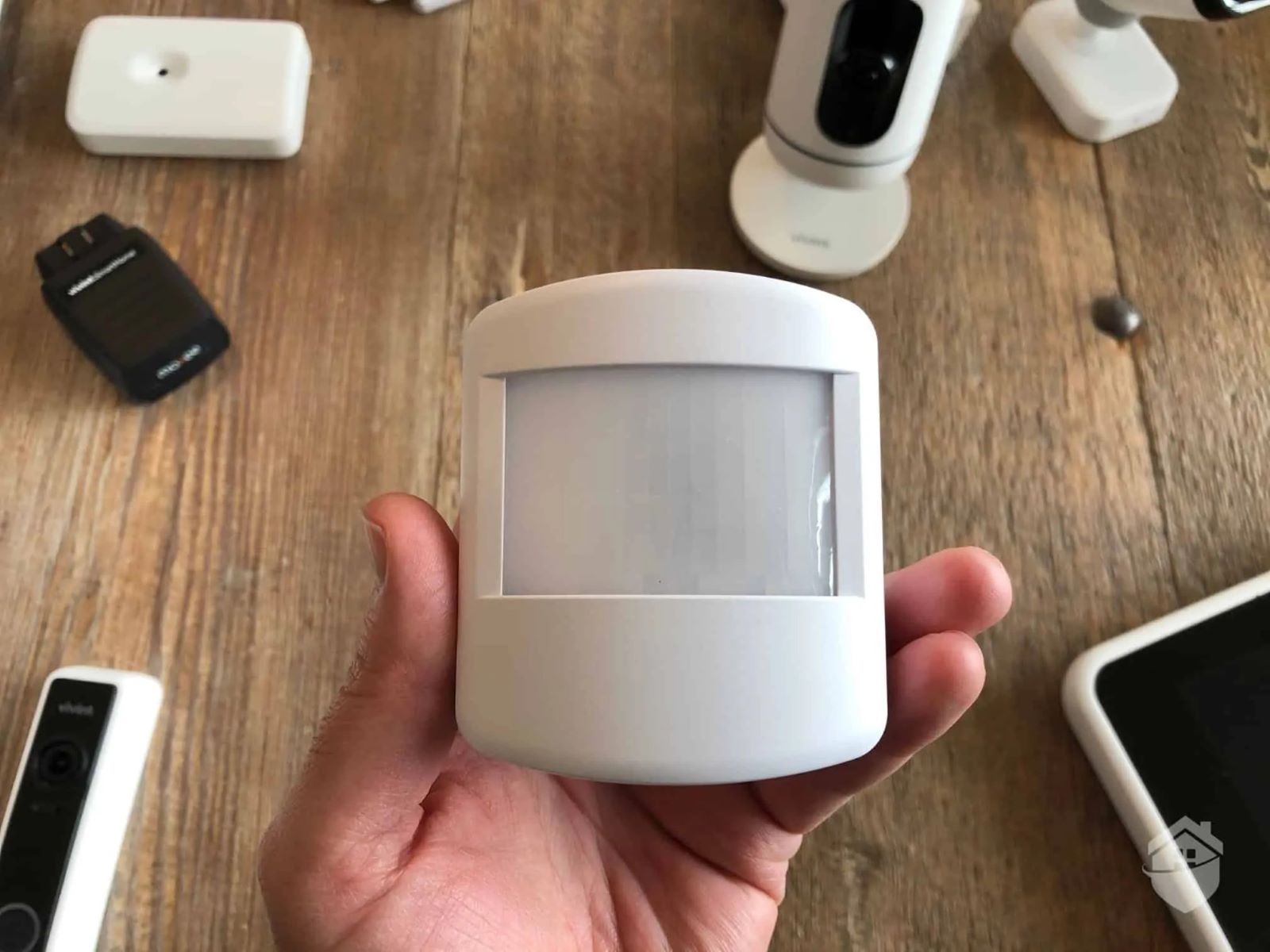

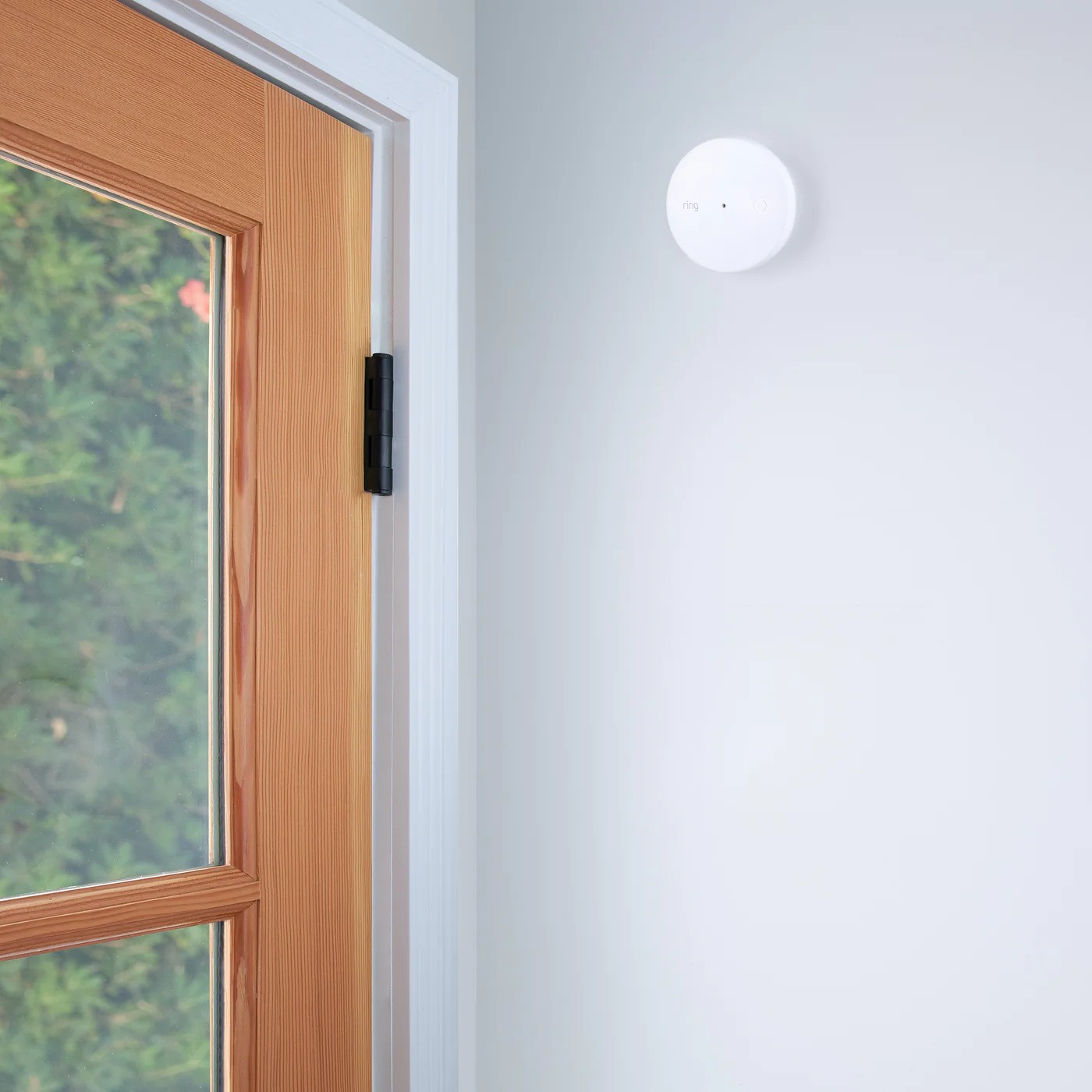


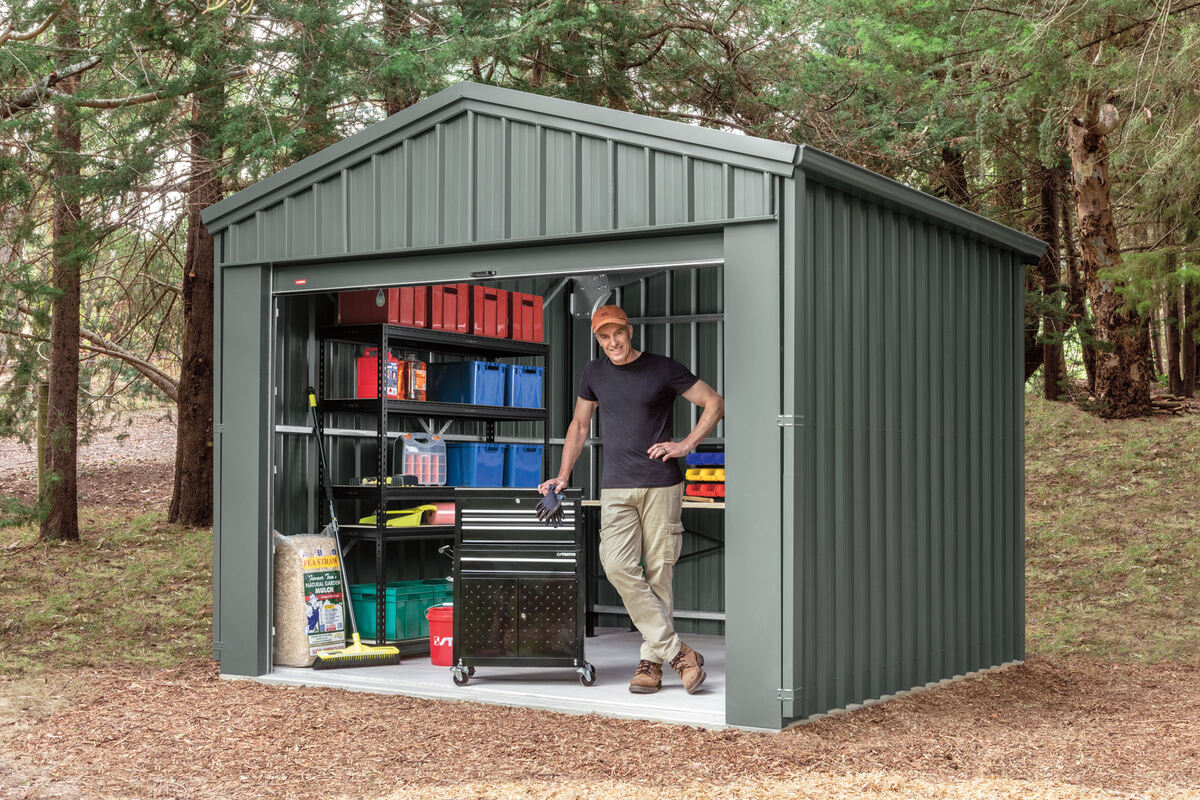
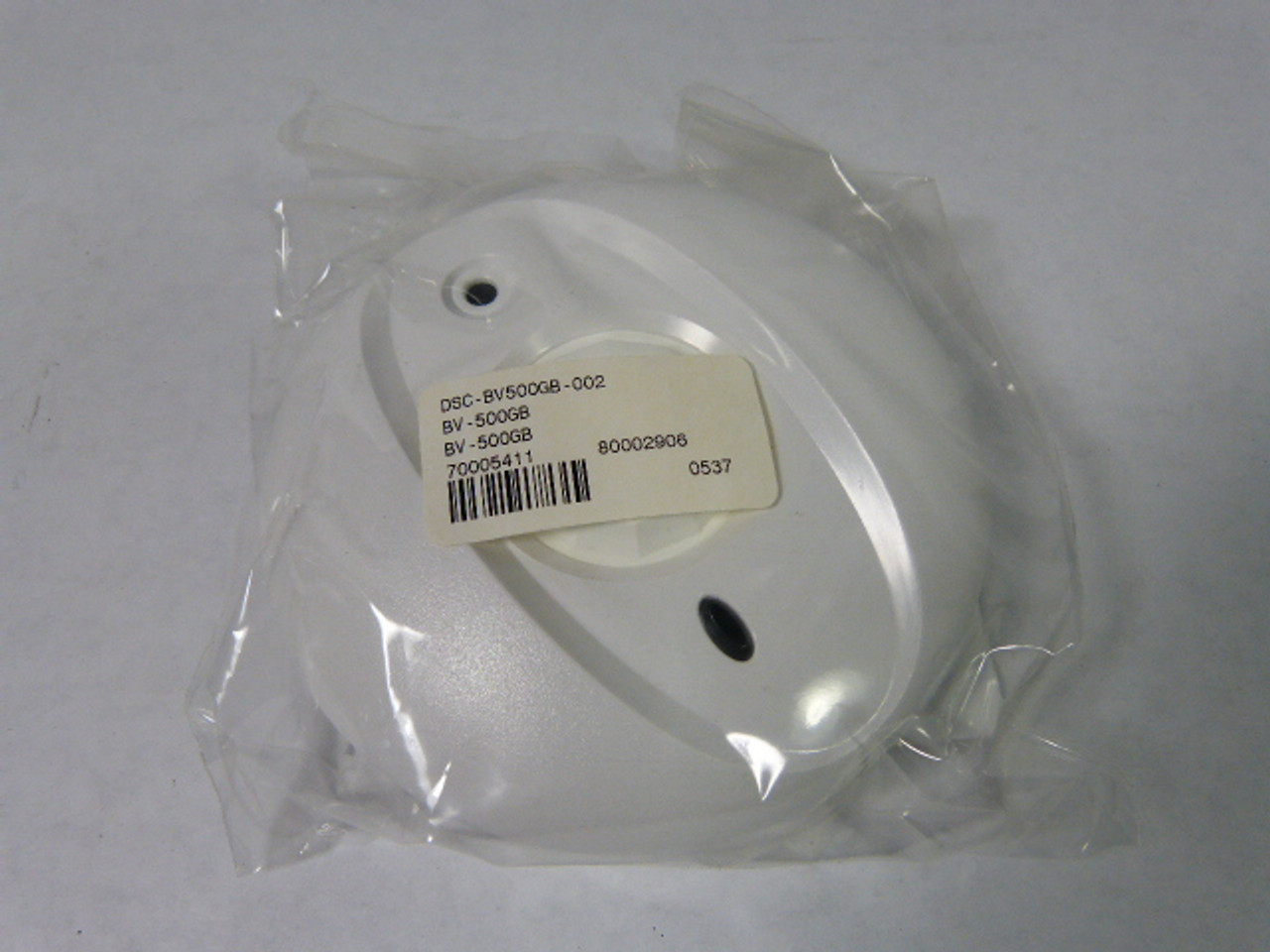


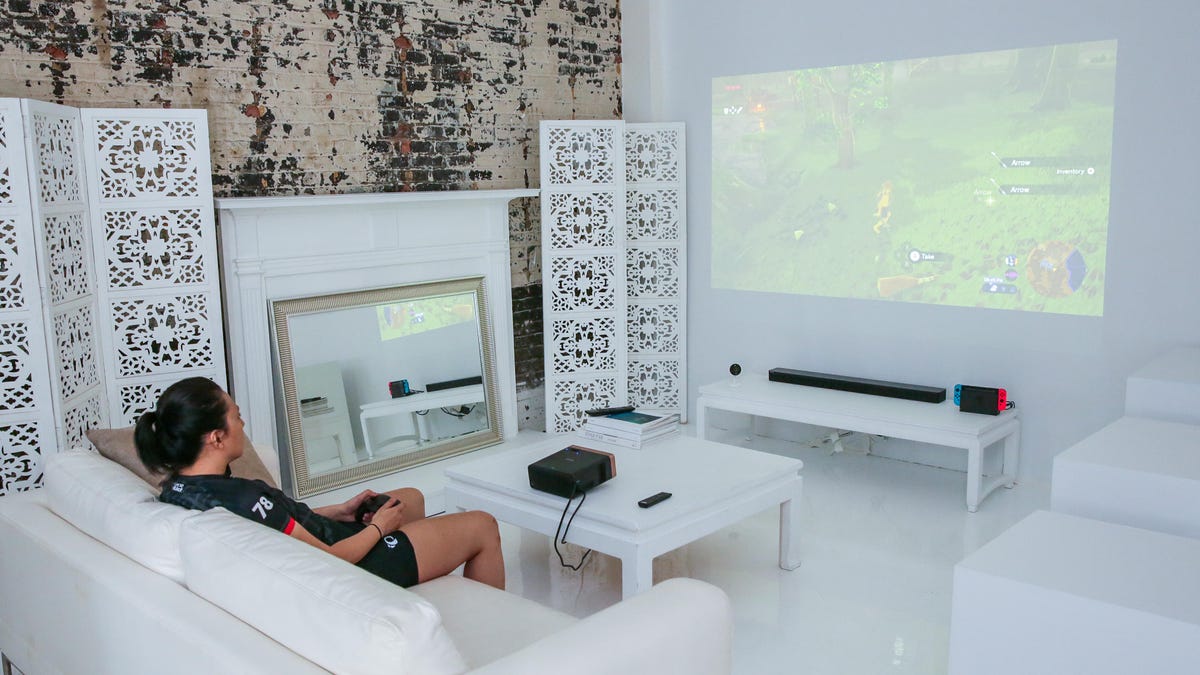

0 thoughts on “Where To Place Glass Break Sensors”